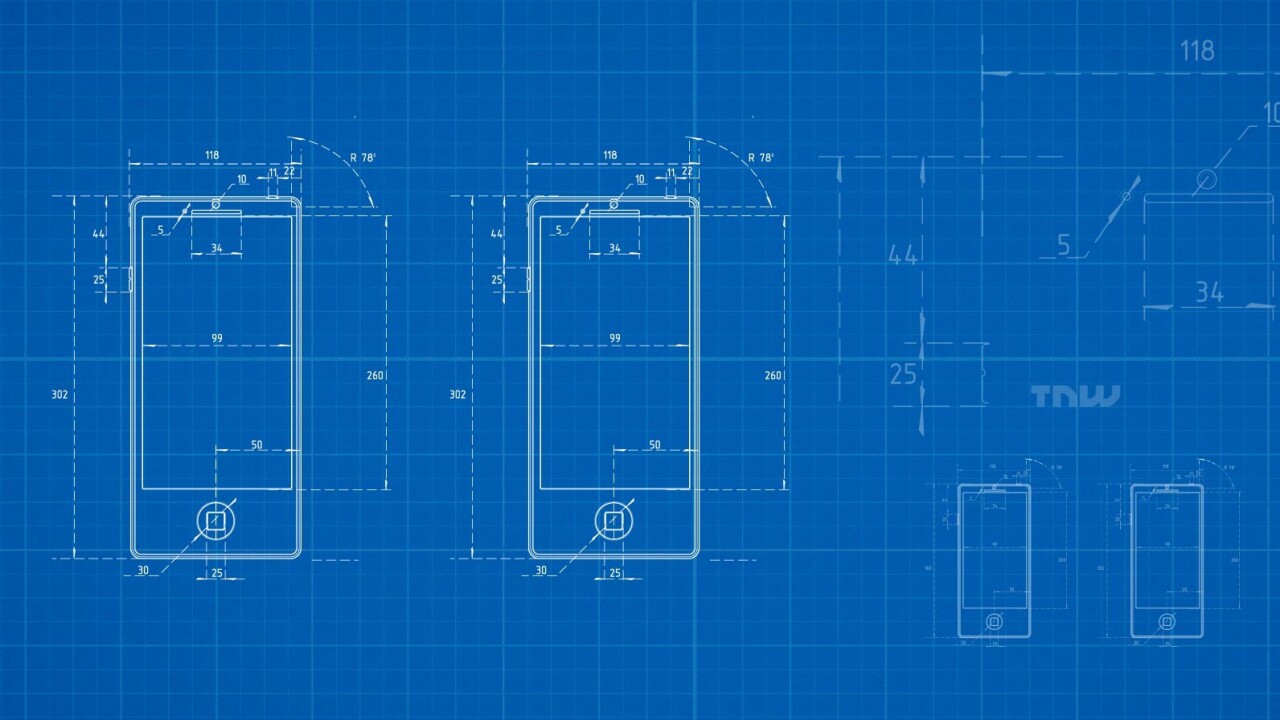
This week, the US patent office issued 6896 patents. Each patent adds a little something new to the human knowledge base.
As we can’t list all six thousand, the PatentYogi team has selected the five most interesting patents.
Google patents design of its phones for Project Ara
Patent Number: US D757,724

The owner’s can choose location of various modules on the structural frame. However, the patented design shows a particular placement of these modules. This indicates that Google might be planning to sell a base phone with pre-packaged modules as shown in the design patent. Thereafter, the owner’s may replace individual modules if they malfunction or when an upgrade is required.
The phone will provide longer lifetime cycles for the handset, and potentially reducing electronic waste.
Boeing plans to play with fire
Patent Number: US 9,345,916

I like to think of fire held in a man’s hand. Fire, a dangerous force, tamed at his fingertips.
The global market for lithium-ion batteries is rapidly expanding. With the expansion of the lithium battery market, the need for air transport of the batteries is also expected to grow. However, lithium batteries are identified as dangerous goods. Till date, no acceptable single best approach, methodology or system for dealing with all types of fires have been identified. International Air Transport Association (IATA) provides strict regulations applicable to air shipments of lithium-ion batteries.
Boeing’s fire suppression system is based around a fire suppression pack. The pack is box with eight radio-frequency identification (RFID) readers secured to the exterior of the pack with one RFID reader at each corner.
The pack is positioned at the center of a stack of packaging boxes that contain lithium batteries. Up to twenty six packaging boxes are arranged in a three dimensional array stack around the fire suppression pack. Each of the packaging boxes has RFID transponder tags positioned at the eight corners of the box. Each RFID transponder tag is programmed to transmit an activation signal to the RFID readers on the fire suppression pack in response to the RFID transponder tag sensing an undesirable occurrence in the stack of packaging boxes.
The undesirable occurrence could be a fire, an explosion, a rapid rise in temperature, a rapid change in pressure, the presence of smoke, the presence of toxic gas, or other similar dangerous conditions.
On receiving an activation signal transmitted by an RFID transponder, a fire suppressant is communicated to eight nozzles on the fire suppressant pack. The nozzles discharge the fire suppressant from the nozzle orifices at the eight corners of the fire suppressant pack, thereby quickly controlling the fire locally.
Google patents smart reminder technology
Patent Number: US 9,355,640

The technology will provide many interesting applications. For example, a user may set reminders like “remind me to collect dues when co-present with a member of our club” or “remind me wish happy birthday when co-presence is detected with an individual with a birthday’.
Further, based on co-presence of the user with other individuals, the mobile device may open an app, e.g.,”play a happy birthday song when co-presence is detected with an individual with a birthday’, “send an email or text message to an individual when co-presence is detected with one or more other individuals”, or “take a picture”.
Facebook plans to introduce group gifts for life events
Patent Number: US 20160156586

Further, the user can contribute monetarily towards a gift, for example, by making a payment using a credit card. Similarly, other friends of the user may also contribute towards the gift.
Facebook also plans to allow Gift Arbitrage, such that the user receiving the group gift is also allowed to choose a different gift than that selected by friends.
Terminator-style self-healing material patented by NASA
Patent Number: US 20160152809

NASA has invented a self-healing polymer that can automatically heal punctures created by bullets (high speed space debris that hits spacecrafts,for example).The self-healing material is designed to locally melt upon impact by a speeding bullet.
Due to the melt elasticity of the material, it snaps back and closes the hole.In addition, certain carefully chosen polymers are added to this self-healing material to enhance the speed of self-healing achieving hole closures in as less as 100 ms.
Use of carbon fibers along with the self-healing material provides greater strength and durability.
Although NASA has primary developed this technology to protect space crafts from high speed space debris, it may soon find it’s way into commercial applications such as self-healing protective shells for vehicles and even humans.
Get the TNW newsletter
Get the most important tech news in your inbox each week.